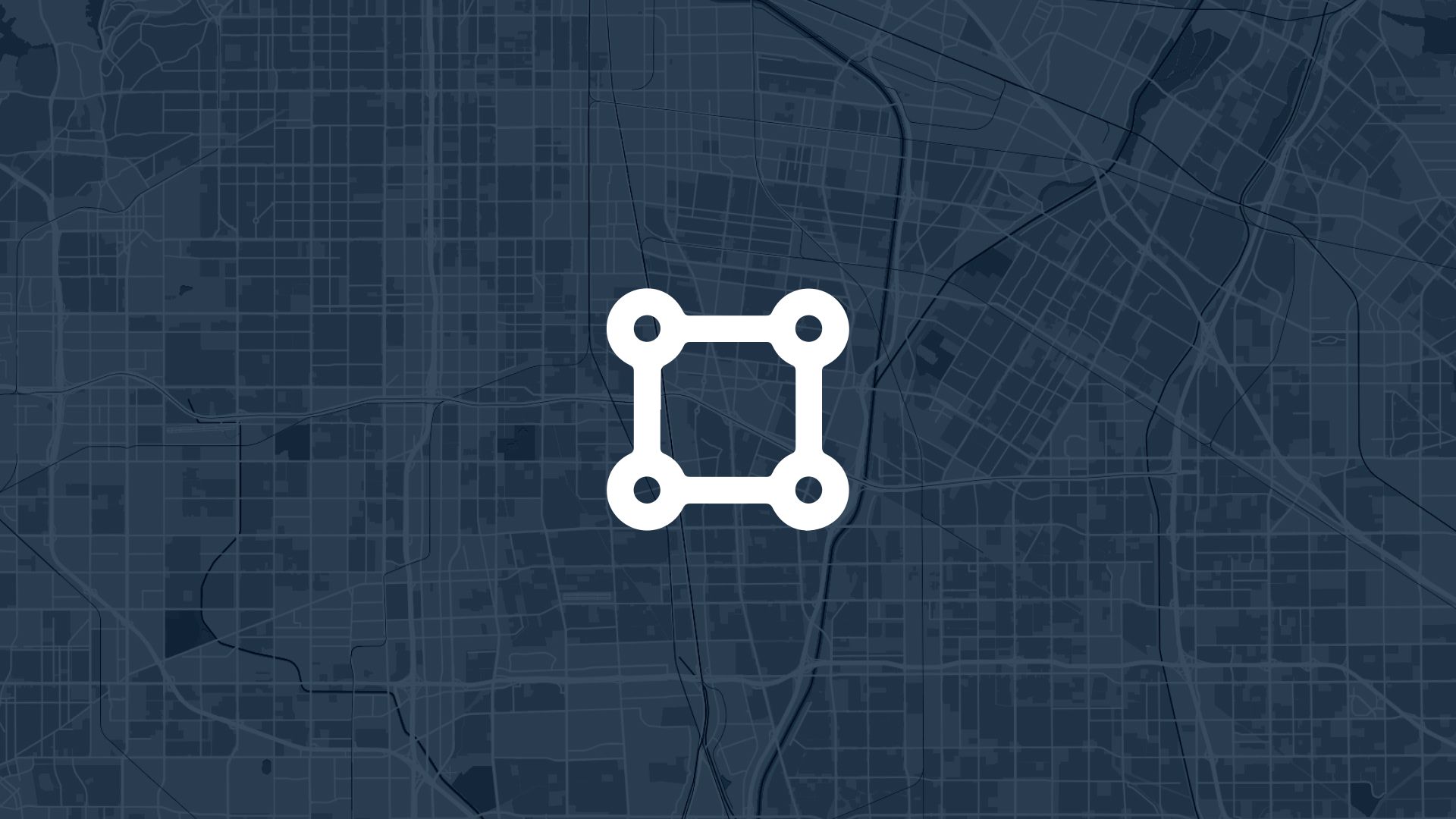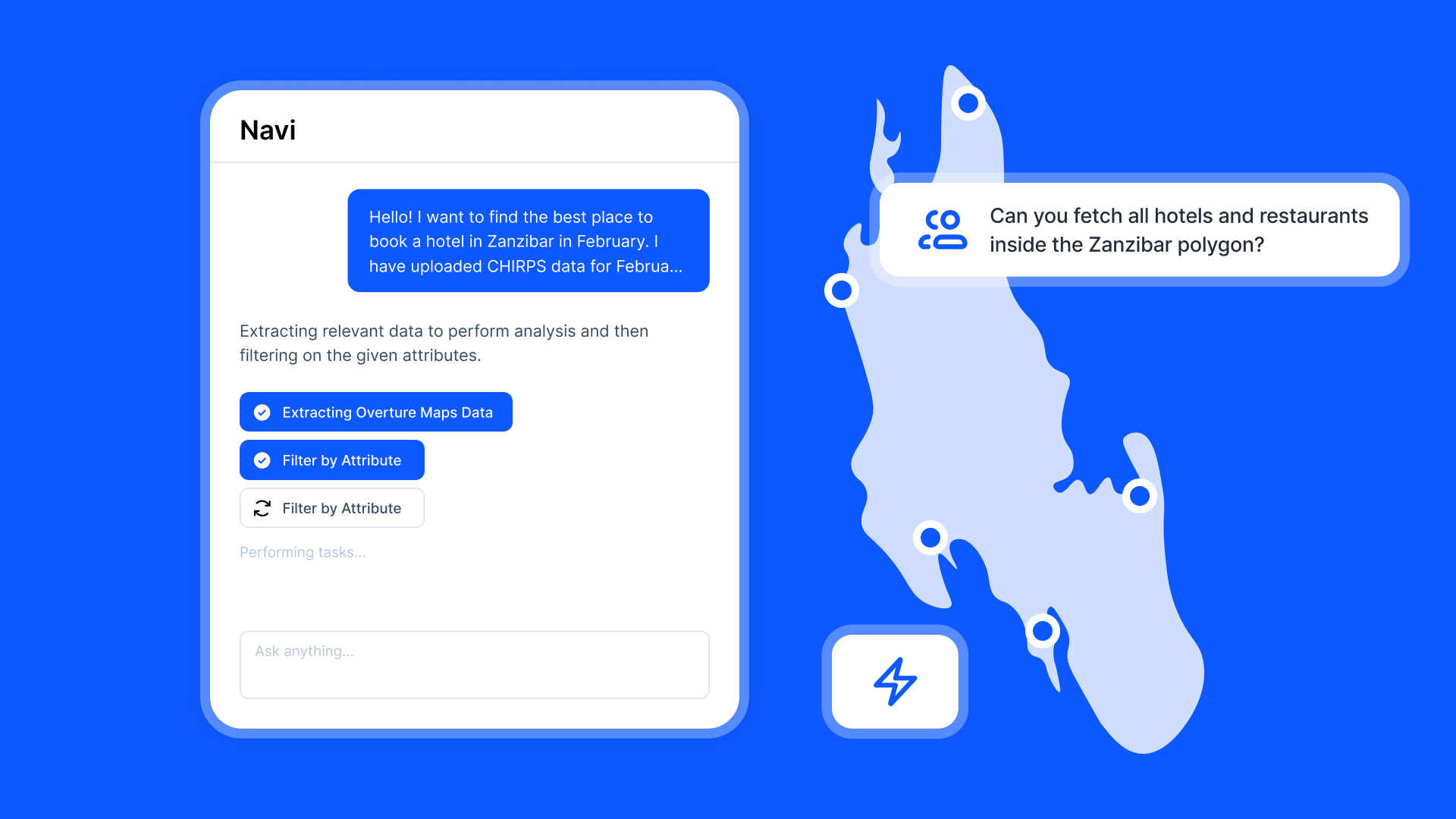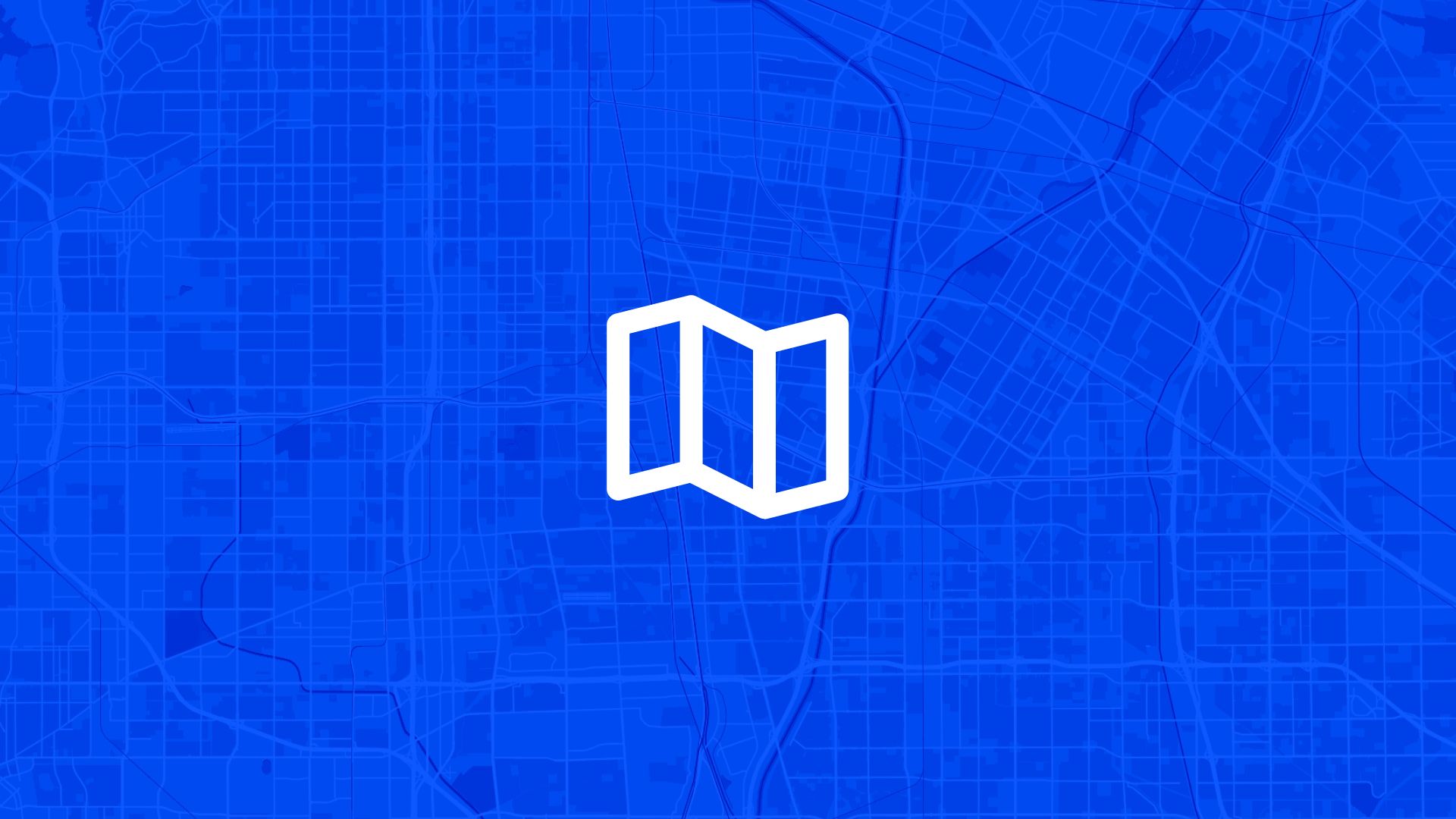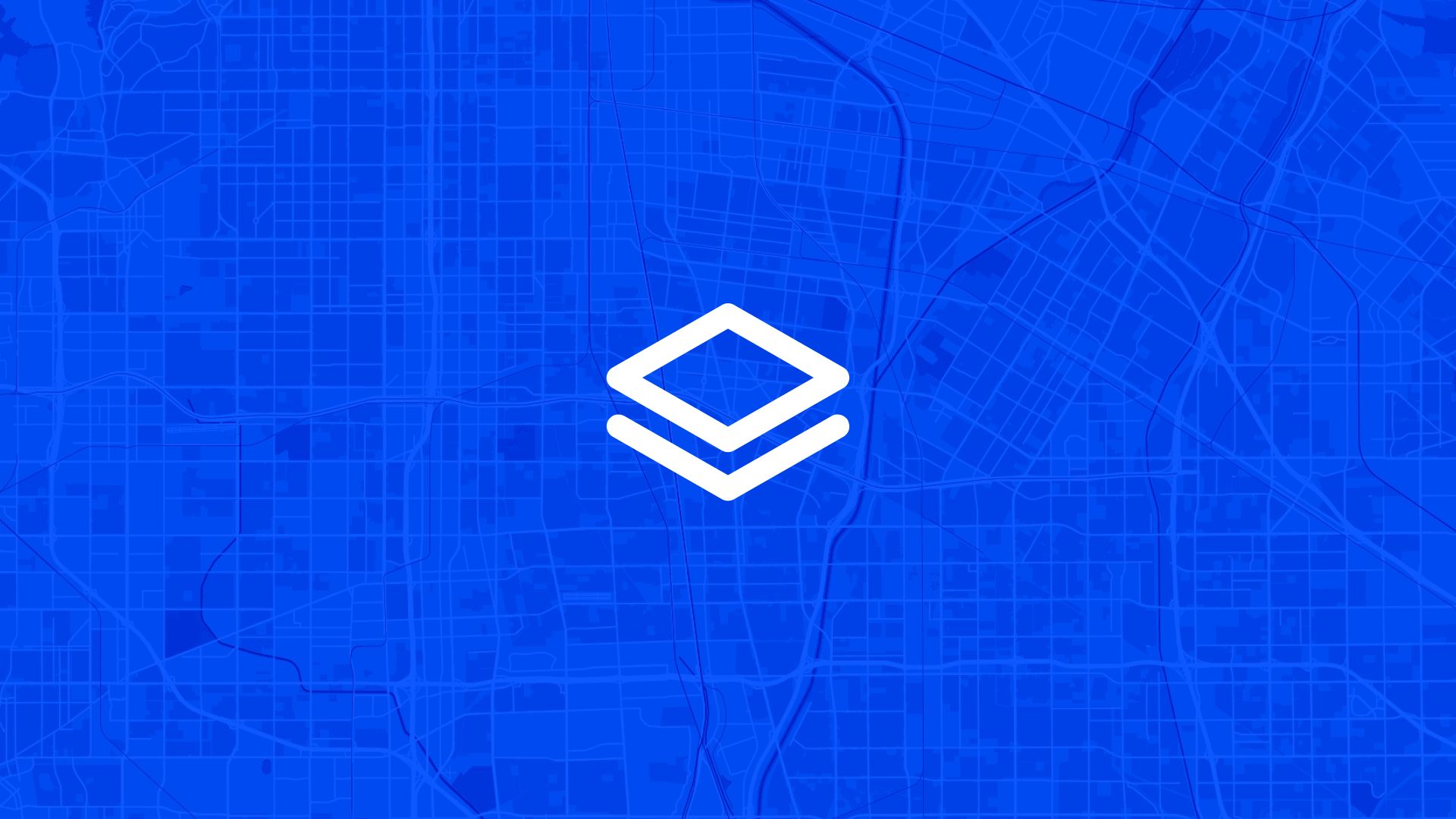The most responsive local governments start with simple, accessible ways for citizens to report problems and share concerns exactly where they occur in the community.
If your citizen engagement relies only on phone calls, general complaint forms, or city hall visits that lack specific location information and geographic context, you're missing the precise local knowledge that helps municipal staff address problems efficiently and effectively. That's why innovative city managers ask: can we let citizens drop pins directly on maps to report local issues exactly where they happen?
With Atlas, you can create interactive community maps that enable citizens to drop pins for local issues with specific location information and detailed problem reporting. No complicated reporting systems, no uncertainty about problem locations, no barriers to community participation in local government. Everything starts with simple pin dropping and meaningful civic engagement.
Here's how to set it up step by step.
Why Pin-Based Issue Reporting Matters for Local Government
Letting citizens drop pins for local issues enables more effective municipal service delivery and better community problem-solving.
So pin-based issue reporting isn't just convenient citizen service—it's essential municipal management that creates more responsive local government through precise, accessible community feedback.
Step 1: Set Up Interactive Community Maps for Citizen Pin Dropping
Atlas makes it easy to create comprehensive community mapping for citizen issue reporting:
- Upload municipal boundaries and neighborhoods showing the complete city area where citizens can report local issues
- Add infrastructure and service layers including roads, utilities, parks, public facilities, and municipal service areas
- Import department service boundaries showing police districts, public works zones, and other municipal service areas for proper routing
- Include landmark and address information helping citizens locate problems precisely and providing context for city staff
Once configured, your community map provides the geographic foundation for precise, accessible citizen issue reporting and municipal response.
Step 2: Enable Simple Pin Dropping for Different Types of Local Issues
Next, create straightforward pin dropping capabilities for various community problems:
Citizens can drop pins for:
- Infrastructure problems including potholes, broken sidewalks, street light outages, and utility issues that need municipal attention
- Public safety concerns highlighting areas needing better lighting, traffic safety improvements, or police attention
- Parks and recreation issues covering park maintenance, facility problems, accessibility barriers, and programming suggestions
- Environmental and health concerns including illegal dumping, stormwater problems, noise issues, and public health hazards
- Transportation and mobility reporting parking problems, transit issues, bike infrastructure needs, and pedestrian safety concerns
- Code enforcement matters identifying property maintenance issues, zoning violations, and neighborhood quality concerns
Each pin drop includes specific location information and problem category to help municipal staff respond appropriately and efficiently.
Step 3: Design Accessible Issue Reporting for All Community Members
To make pin dropping inclusive and straightforward for all citizens:
- Create simple map interfaces that work on any device without requiring technical expertise or special app downloads
- Set up clear issue categories organized by city department and service type to help citizens report problems effectively
- Add photo and description options allowing citizens to provide visual evidence and detailed problem descriptions with their pin drops
- Include anonymous reporting so citizens can report sensitive issues without privacy concerns or fear of retaliation
- Configure multilingual support accommodating diverse community languages and ensuring all residents can participate
Citizen engagement becomes accessible to all community members regardless of technical experience, language, or comfort with traditional government processes.
Step 4: Route Citizen Reports to Appropriate Municipal Departments
To manage pin-dropped issue reports effectively across city government:
- Create automatic routing systems directing infrastructure reports to public works, safety concerns to police, and park issues to recreation departments
- Set up priority classification helping staff identify urgent safety issues, routine maintenance needs, and long-term improvement opportunities
- Design work order integration connecting citizen pin drops directly to municipal work management and service delivery systems
- Configure response tracking showing citizens when their reports are received, assigned, and resolved by city staff
- Establish communication systems keeping citizens informed about progress on their reported issues and any additional information needed
Also read: Let Residents Comment on City Maps
Step 5: Use Pin Data for Municipal Planning and Service Improvement
To leverage citizen issue reporting for better local government performance:
- Generate problem pattern analysis showing where similar issues occur frequently and identifying systemic infrastructure or service needs
- Create neighborhood service reports summarizing citizen concerns by geographic area and highlighting community improvement priorities
- Set up resource allocation planning using pin data to guide municipal budgets, staff assignments, and service delivery improvements
- Design prevention planning identifying problem patterns that suggest proactive maintenance or infrastructure improvements
- Configure performance measurement tracking response times, resolution rates, and citizen satisfaction with municipal service delivery
Citizen pin data becomes part of comprehensive municipal management and community-responsive local government.
Step 6: Build Transparent Communication and Community Engagement
Now that citizens can drop pins for local issues:
- Create public issue dashboards showing community members how their reports are being addressed and what progress is being made
- Set up resolution communication notifying citizens when their reported issues are resolved and thanking them for community participation
- Design community reporting sharing regular updates about how citizen pin drops improve municipal services and community conditions
- Configure engagement metrics measuring participation rates, response effectiveness, and citizen satisfaction with pin-based reporting
- Export issue data for integration with municipal management systems, performance reporting, or community engagement documentation
Your pin-based issue reporting becomes part of comprehensive civic engagement and transparent local government that responds effectively to community needs.
Use Cases
Letting citizens drop pins for local issues is useful for:
- Municipal governments improving service delivery and building community engagement through accessible, location-specific citizen reporting
- Public works departments identifying infrastructure problems and maintenance priorities through direct citizen reporting with precise location information
- Police departments receiving community safety concerns and building neighborhood engagement through accessible problem reporting
- Parks and recreation departments collecting facility maintenance reports and programming suggestions from community members who use public spaces
- Code enforcement offices receiving property maintenance and zoning violation reports with specific location information and visual documentation
It's essential for any local government where accessible citizen reporting improves municipal service delivery and community responsiveness.
Tips
- Provide quick acknowledgment confirming receipt of citizen pin drops and setting expectations for response times and resolution
- Create issue status updates keeping citizens informed about progress on their reported problems and any additional information needed
- Use data for prevention identifying problem patterns that suggest proactive maintenance or infrastructure improvements
- Combine pins with community meetings discussing frequent issues and improvement priorities with residents in affected neighborhoods
- Share success stories highlighting examples of how citizen pin drops have led to meaningful improvements in municipal services and community conditions
Letting citizens drop pins for local issues in Atlas enables accessible civic engagement and responsive municipal service delivery.
No separate citizen reporting systems needed. Just create interactive community maps, enable simple pin dropping, and build the responsive government processes that connect citizen concerns with effective municipal action.
Planning and Public Feedback with Atlas
When you're planning projects that affect communities, the challenge isn't just creating good technical solutions—it's making sure those solutions work for the people who will live with them.
Atlas gives you the tools to make planning truly participatory: one map for proposals, community input, and transparent decision-making.
Share Plans and Collect Location-Specific Input
You can:
- Upload planning proposals with clear visual context and project details
- Enable public comments tied to specific geographic locations and planning elements
- Moderate and organize community feedback for meaningful analysis and response
Also read: Create a Public Feedback Map for a Project
Build Transparent, Responsive Planning Processes
Atlas lets you:
- Show how public input influences planning decisions and proposal modifications
- Create comprehensive engagement records for planning commission review and public accountability
- Export community feedback for integration with planning workflows and decision documentation
That means no more disconnected public input, and no more questions about whether community voices actually matter in planning decisions.
Plan Better with Community Knowledge
Whether you're updating comprehensive plans, reviewing development proposals, or planning infrastructure improvements, Atlas helps you tap into local knowledge that makes plans work better for everyone.
It's community-centered planning—designed for genuine public participation.
Boost Your Planning Process with the Right Tools
Planning moves fast, but communities need time to understand and respond to proposals. Whether you're collecting input, analyzing feedback, coordinating stakeholders, or making decisions—clarity and participation matter.
Atlas gives you both.
In this article, we covered how to let citizens drop pins for local issues, but that's just one of many things you can do with Atlas.
From project visualization to community engagement, stakeholder coordination, and transparent development, Atlas makes complex project planning accessible and participatory. All from your browser. No project management expertise needed.
So whether you're launching development projects, infrastructure improvements, or community initiatives, Atlas helps you move from "announcing projects" to "engaging communities" faster.
Sign up for free or book a walkthrough today.





